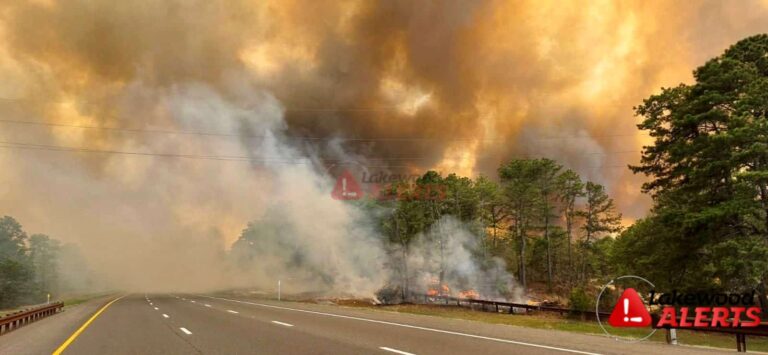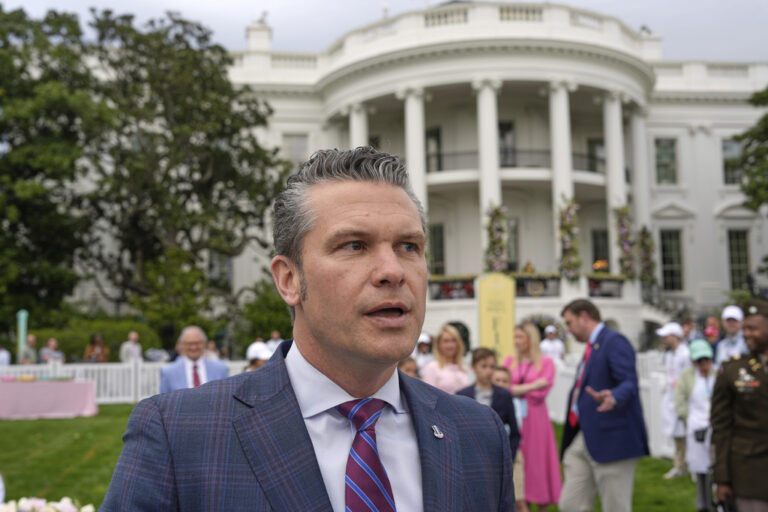 The price to board an airliner in the United States has risen for the fourth straight year, making it increasingly expensive to fly almost anywhere.
The price to board an airliner in the United States has risen for the fourth straight year, making it increasingly expensive to fly almost anywhere.
The average domestic roundtrip ticket, including tax, reached $363.42 last year, up more than $7 from the prior year, according to an Associated Press analysis of travel data collected from millions of flights throughout the country.
The 2 percent increase outpaced inflation, which stood at 1.5 percent.
Airfares have risen nearly 12 percent since their low in the depths of the Great Recession in 2009, when adjusted for inflation, the analysis showed.
Ticket prices have increased as airlines eliminated unprofitable routes, packed more passengers into planes and merged with one another, providing travelers with fewer options.
Today, 84 percent of seats are filled with paying passengers, up from 82 percent in 2009.
“Anyone traveling today will know that those flights are full,” said Chuck Thackston, managing director of data and analytics for the Airlines Reporting Corp, which processes ticket transactions for airlines and more than 9,400 travel agencies, including websites such as Expedia and Orbitz. “Just through supply and demand, those fares will go up.”
And none of this factors in the bevy of extra fees travelers now face for checking bags, getting extra legroom or even purchasing a blanket, meal or pair of headphones. The typical traveler pays an additional $50 roundtrip to check a single suitcase.
Those fees, introduced in 2008 to offset losses from rising fuel prices, now bring in $3.4 billion a year for U.S. airlines and have helped them return consistent annual profits for the last four years.
Airlines pay just over $3 a gallon for jet fuel, up from $1.89 in 2009. Another $2.7 billion a year is collected in reservation-change fees, with airlines charging up to $200 to revise an itinerary.
“I love to travel, but they’re making it more difficult,” said Brian Kalish, a frequent flier from Arlington, Va. “Maybe I’ve been spoiled that it used to be so cheap to fly. It just feels like they are charging more and giving less.”
The AP reviewed data from 6 million annual flights taken in the U.S., analyzing fees and government on-time records along with fare data from the Airlines Reporting Corp.
Jean Medina, spokeswoman for Airlines for America, the airlines’ trade and lobbying group, said over the long-term fares have not climbed as fast as inflation and that flying “remains a great bargain.”
“Carriers continue to invest in their products with new planes, new services and new destinations,” Medina said. “It’s a great time to fly.”
Airlines are able to push fare and fee hikes because there is less competition.
“You get some pricing power as a result,” said airline consultant Robert Mann.
A wave of consolidation that started in 2008 has left four U.S. airlines — American Airlines, Delta Air Lines, Southwest Airlines and United Airlines — controlling more than 80 percent of the domestic air-travel market. Discount airlines such as Allegiant Air and Spirit Airlines have grown at breakneck speed but still carry a tiny fraction of overall passengers.
“Even with the presence of a number of strong, sizable low-fare airlines, you are still seeing airfares go up sizably,” said Henry Harteveldt, a travel industry analyst with Hudson Crossing.
Starting July 1, fliers will also face higher taxes. The government’s security fee is currently $2.50 each way for a nonstop flight, capped at $5 each way if a traveler has a connection. This summer, that fee will be $5.60 each way whether or not there’s a connection. The fee hike is estimated to cost travelers an extra $1 billion a year.
Higher fares did not mean better service for passengers last year.
During the first 11 months of last year, 19 percent of flights failed to arrive within 15 minutes of their scheduled time. That’s up from 16 percent during the same period in 2012, according to data kept by the Bureau of Transportation Statistics.
The number of flights canceled in those 11 months also jumped nearly 15 percent to 81,265. The government has yet to release data for December, but the numbers won’t be pretty. A series of snow and ice storms led to thousands of additional delays and cancellations.
“If we’re paying more,” Kalish said, “we should get more in return.”
(AP)











2 Responses
Inflation is more than 12% since 2009, so these prices are actually pretty reasonable.
Airfares were incredibly low in 09. When the industry rebounded post 9/11, a number of new super low cost airlines emerged. This, and a weak economy drove prices down. This wasn’t sustainable. Low cost carriers have mostly died or merged with the big boys and the prices are now heading back to normal.